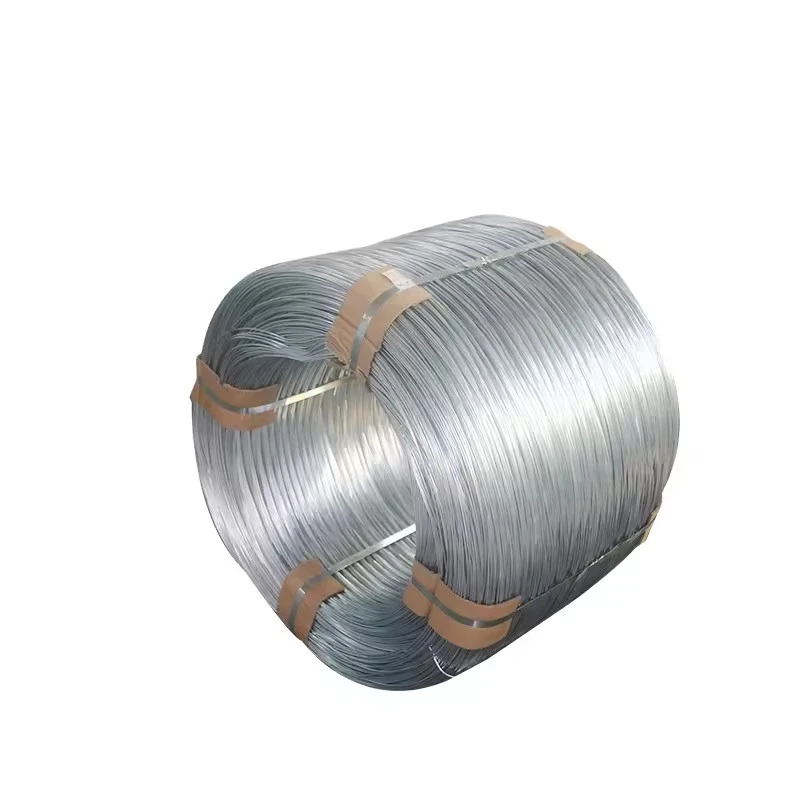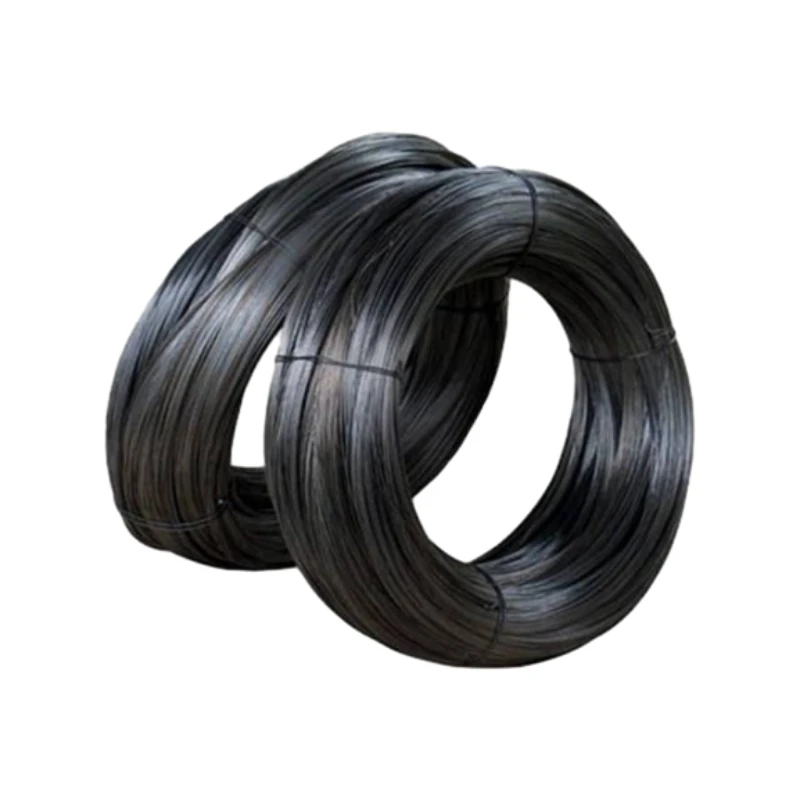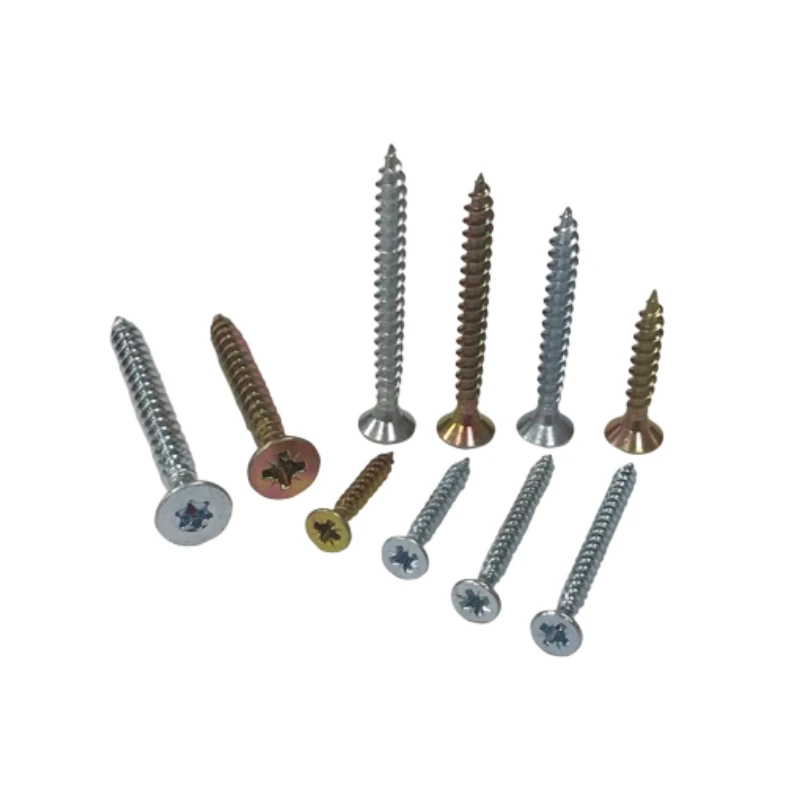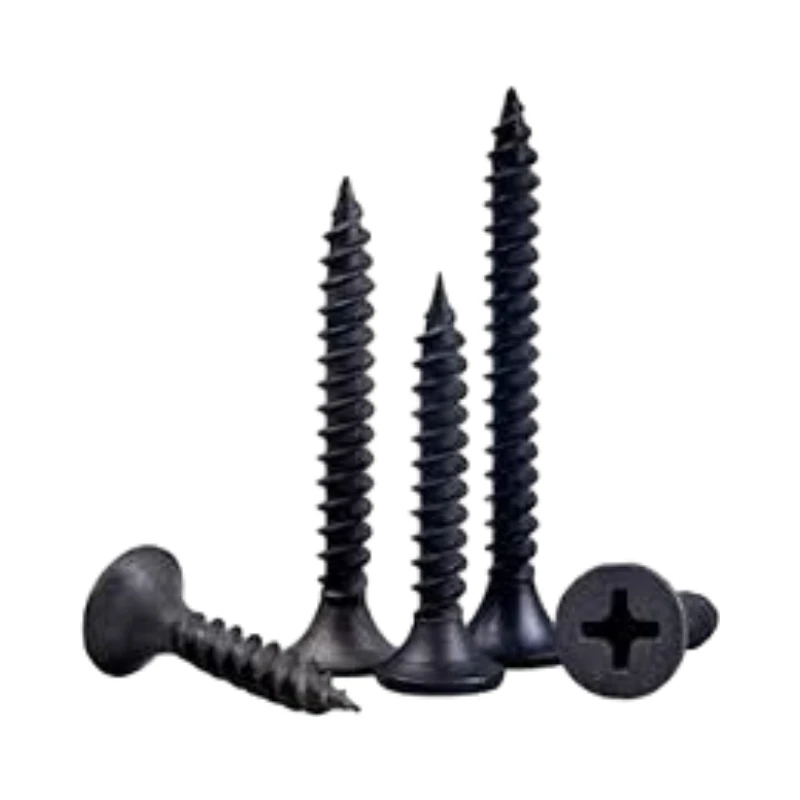
Talk With Us
+86-13601661296
Email Address
admin@sxjbradnail.comAnnealed Black Wire – Soft, Ductile Tie Wire | Factory Price
Black Annealed Wire Factory: Field Notes From the Jobsite and the Mill
If you spend time around rebar crews, you hear the same thing: ties should be fast, soft, and predictable. That’s why annealed black wire remains the quiet hero of concrete work and general binding. The model I’ve been following closely comes out of Lixinzhuang Industrial, Dingzhou, Hebei, China—SXJ’s Black Annealed Wire Factory product line. To be honest, it’s not flashy hardware. But when a wire doesn’t snap mid-twist, crews notice.

Industry snapshot and trends
Globally, demand is steady, nudged by infrastructure upgrades and a shift to greener practices. Mills are dialing in low-carbon heats and cleaner annealing atmospheres; construction buyers ask for QR-based coil traceability and consistent ductility. Surprisingly, smaller coil formats and pre-cut ties are trending because labor is the bottleneck, not steel supply.
How it’s made (and why it matters)
Materials: Low-carbon steel (Q195/Q235 equivalents), drawn from wire rod per ASTM A510/A510M or EN 10016.
Process: Pickling → cold drawing → bell-furnace annealing in controlled atmosphere → light oiling → spooling/cutting.
Testing: Tensile and elongation (ISO 6892-1), bend test, surface/oxide check, coil weight verification, dimensional check (EN 10218).
Why it matters: Proper annealing relieves work hardening, yielding that soft, easy-twist feel crews want—without random breakage.
Key specifications (typical values)
| Gauge range | 20–12 GA (≈0.9–2.7 mm) |
| Tensile strength | ≈350–550 MPa (real-world use may vary by gauge) |
| Elongation | ≥15–25% typical after anneal |
| Finish | Black oxide, light anti-rust oil |
| Coil options | 1–100 kg coils; spools; pre-cut 1.2–1.5 m ties |
| Dimensional tolerance | Per EN 10218-2, Class T2 (≈) |
| Service life | Indoor dry: 5–10 yrs; outdoor exposed: 1–3 yrs |
| Certifications | ISO 9001; third-party test reports (e.g., SGS) on request |
| Standards reference | ASTM A853 (low-carbon steel wire), EN 10218 |
Applications and advantages
- Rebar tying, formwork fastening, masonry binding, conduit lashing
- Horticulture trellising, packaging/baling, light recycling yards
- Advantages: soft handling, consistent twist, reduced snap rate, budget-friendly
Many customers say annealed black wire pays for itself in reduced rework. I guess that’s why site foremen keep a couple of coils near the bending table—just in case.
Vendor comparison (quick take)
| Vendor | Origin | Gauge | Custom coils | Certs | Lead time | Price index |
|---|---|---|---|---|---|---|
| SXJ Staple (Dingzhou) | Hebei, China | 20–12 GA | Yes (1–100 kg) | ISO 9001, test data | ≈10–20 days | $$ |
| Local Trader | Regional mix | 18–14 GA | Limited | Varies | Stock-based | $$$ |
| Generic Importer | Mixed | 20–12 GA | Occasional | Unclear | ≈25–40 days | $ |
Customization and packaging
Coil weight, gauge, softness window, and oil level are all tunable. Private-label wraps, palletization, and moisture-barrier films help on marine routes. Pre-cut lengths (e.g., 1.2 m) are popular with rebar tiers using manual hooks or battery twisters.
Case notes from the field
On a 24,000 m² mid-rise in Jakarta, crews compared 16 GA annealed black wire vs. a harder import. Result: tying speed up ≈12%, breakage down to 0.3%/coil, and measurable wrist fatigue reduction (yes, they actually tracked it). QC pulled random samples: 390–420 MPa tensile, 22% elongation—comfortably within spec.
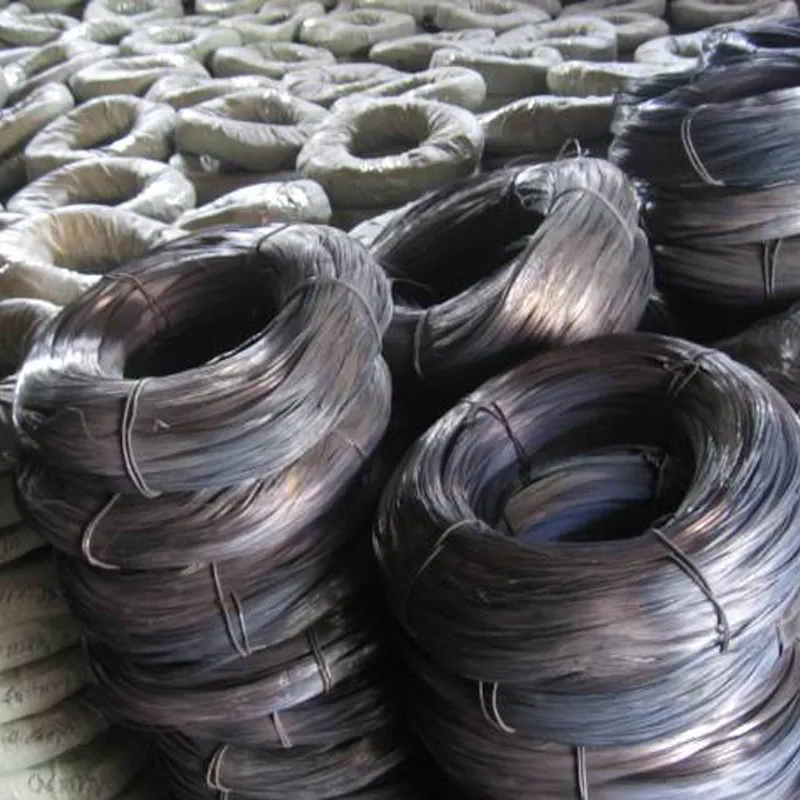
Quick buying checklist
- Ask for tensile/elongation curves and an anneal certificate (heat, lot, furnace ID).
- Confirm coil weight tolerance and inner diameter for your dispensers.
- Specify oil level (dry, light, medium) based on climate and storage.
- Verify compliance with ASTM A853 or EN 10218 and ISO 9001.
Bottom line: good annealed black wire feels right in the hand—soft, steady, and forgiving. When the pour clock is ticking, that’s the kind of “quiet reliability” you want.
References
-
2 Inch Brad Nails - Precision Fastening for Woodworking & ConstructionNewsNov.24,2025
-
Affordable Quality: Understanding Cheap Brad Nails and Their Global ImpactNewsNov.24,2025
-
Type F Brad Nails: Precision Fasteners for Quality Craftsmanship & IndustryNewsNov.23,2025
-
High-Quality Type 47 Brad Nails for Precision & Durability | SXJ IndustrialNewsNov.23,2025
-
T47 Nail: The Ultimate Guide to Industrial and Construction ApplicationsNewsNov.22,2025
-
Everything You Need to Know About T Head Brad Nails | Global Fastening SolutionsNewsNov.22,2025

